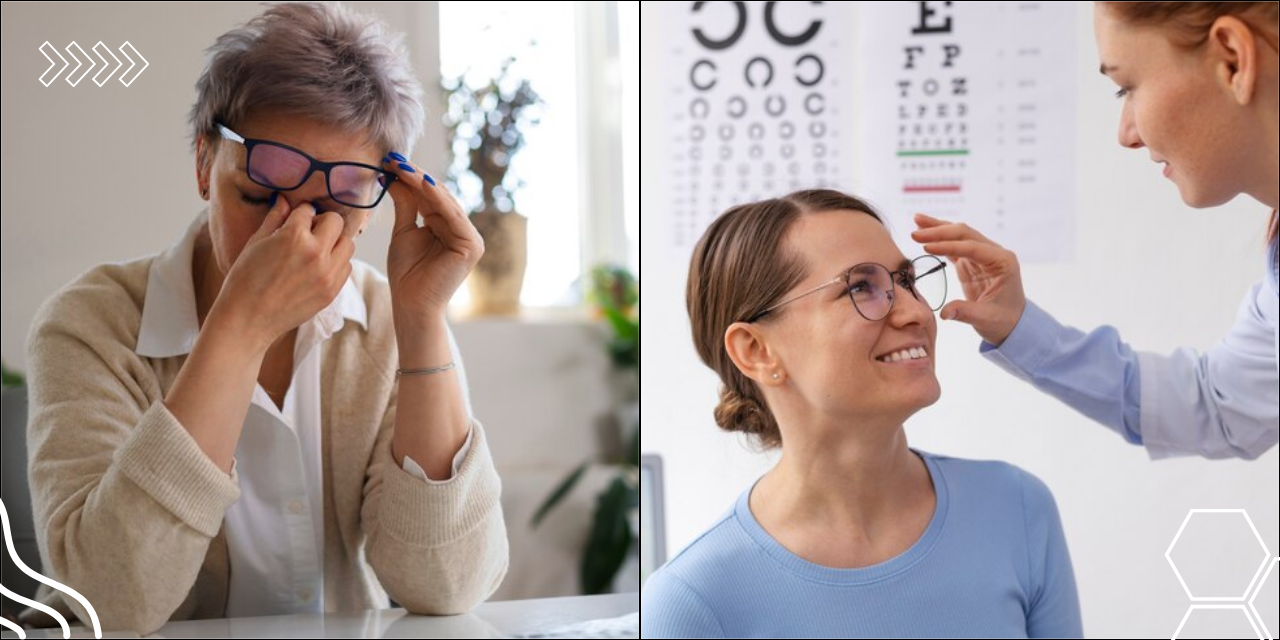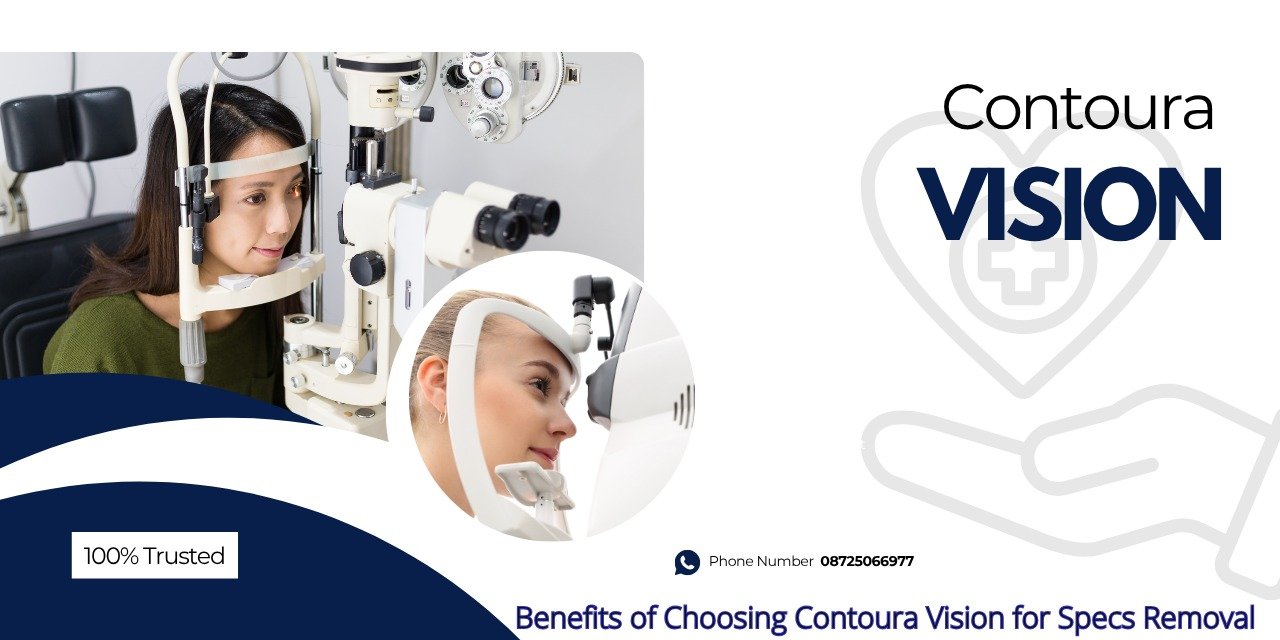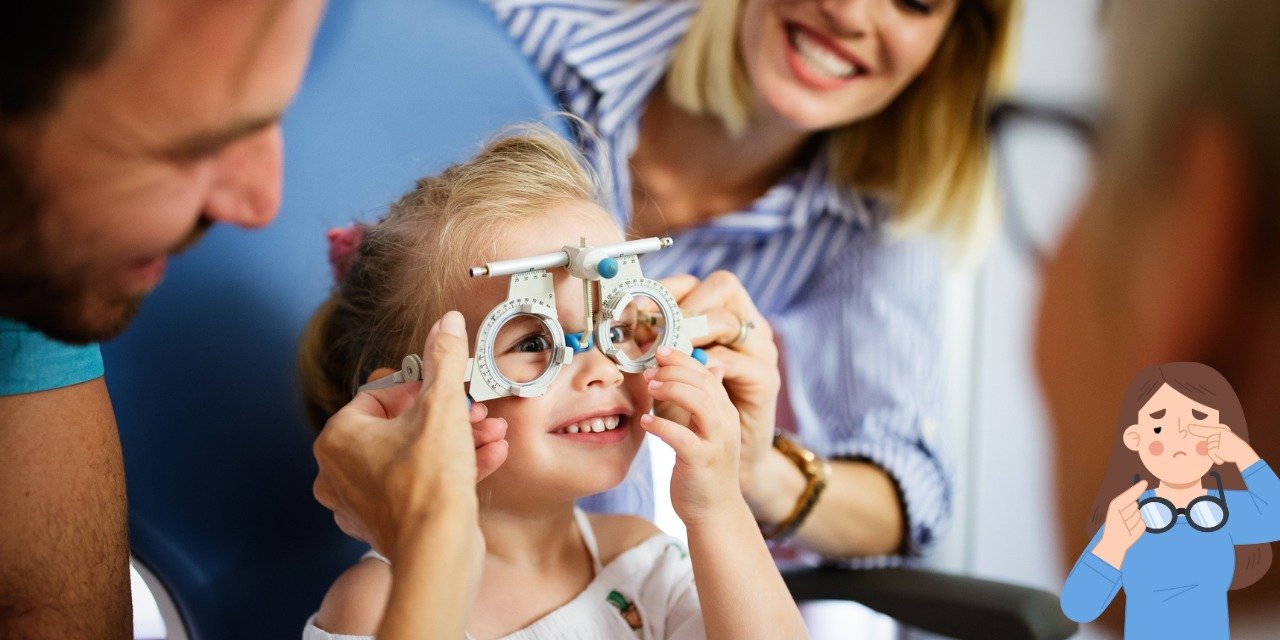Dry Eye Syndrome, a common and often frustrating condition, affects millions of people worldwide. Characterized by a lack of sufficient lubrication and moisture on the eye’s surface, it can lead to discomfort, vision problems, and even damage to the eye’s delicate tissues if left untreated. Understanding the causes, symptoms, and treatment options for Dry Eye Syndrome is essential for maintaining good eye health. In this article, we’ll explore Dry Eye Syndrome in detail and discuss the best ways to manage and treat this condition.
Understanding Dry Eye Syndrome
Dry Eye Syndrome occurs when the eyes don’t produce enough tears or the quality of tears is poor. Tears are essential for maintaining eye health; they provide moisture, clear debris, and protect against infections. When tear production is insufficient or unstable, it can lead to symptoms like irritation, redness, and blurred vision.
Causes of Dry Eye Syndrome
- Aging: As people age, especially after the age of 50, tear production naturally decreases, leading to Dry Eye Syndrome.
- Environmental Factors: Wind, smoke, and dry climates can quickly evaporate tears, especially for those who spend long hours in front of a computer or use contact lenses.
- Medical Conditions: Certain medical conditions, including diabetes, rheumatoid arthritis, and thyroid disorders, can contribute to dry eye symptoms.
- Medications: Some medications, such as antihistamines, decongestants, and blood pressure medications, reduce tear production as a side effect.
- Hormonal Changes: Hormonal changes, particularly in women due to pregnancy, menopause, or birth control pills, can also lead to dry eyes.
Common Symptoms of Dry Eye Syndrome
The symptoms of Dry Eye Syndrome can range from mild to severe and can include:
- Stinging or burning sensation in the eyes
- Sensitivity to light
- Eye redness
- Blurred vision
- Difficulty wearing contact lenses
- Watery eyes (as a response to irritation)
- Eye fatigue or feeling of “grittiness”
If you’re experiencing any of these symptoms, it’s advisable to consult the Best Eye Doctor in Zirakpur for an accurate diagnosis and effective treatment plan.
Diagnosing Dry Eye Syndrome
An eye doctor can diagnose Dry Eye Syndrome through various methods. The diagnosis typically involves:
- Tear Quantity and Quality Tests: Tests like the Schirmer test measure tear production, while other assessments check the tear breakup time.
- Evaluation of the Eye Surface: Using specialized dyes, eye doctors can examine the surface of the eyes and assess any damage caused by insufficient tear production.
- Medical History Review: Doctors will also review any medications, medical conditions, or environmental factors contributing to the dryness.
How to Prevent Dry Eye Syndrome
Preventing Dry Eye Syndrome is possible by adopting eye-friendly habits and avoiding triggers:
- Avoid Smoking: Smoking can irritate the eyes and exacerbate dryness.
- Stay Hydrated: Drinking plenty of water keeps the body and eyes hydrated.
- Take Regular Breaks: If you work on a computer, take breaks to rest your eyes and reduce strain.
- Blink Regularly: Many people unconsciously blink less while using screens, so making a conscious effort to blink can help.
Conclusion
Dry Eye Syndrome can significantly affect your quality of life if left untreated. Fortunately, with the right treatment plan, you can manage symptoms effectively and keep your eyes comfortable. If you’re looking for a personalized treatment approach, consult the Best Eye Doctor in Zirakpur at SS Multispeciality Hospital in Zirakpur. With their advanced diagnostic tools and expertise, they can help identify the cause of your dry eyes and recommend the best treatment options for lasting relief.
For more information or to schedule an appointment, please contact SS Multispeciality Hospital at +919056565533.













